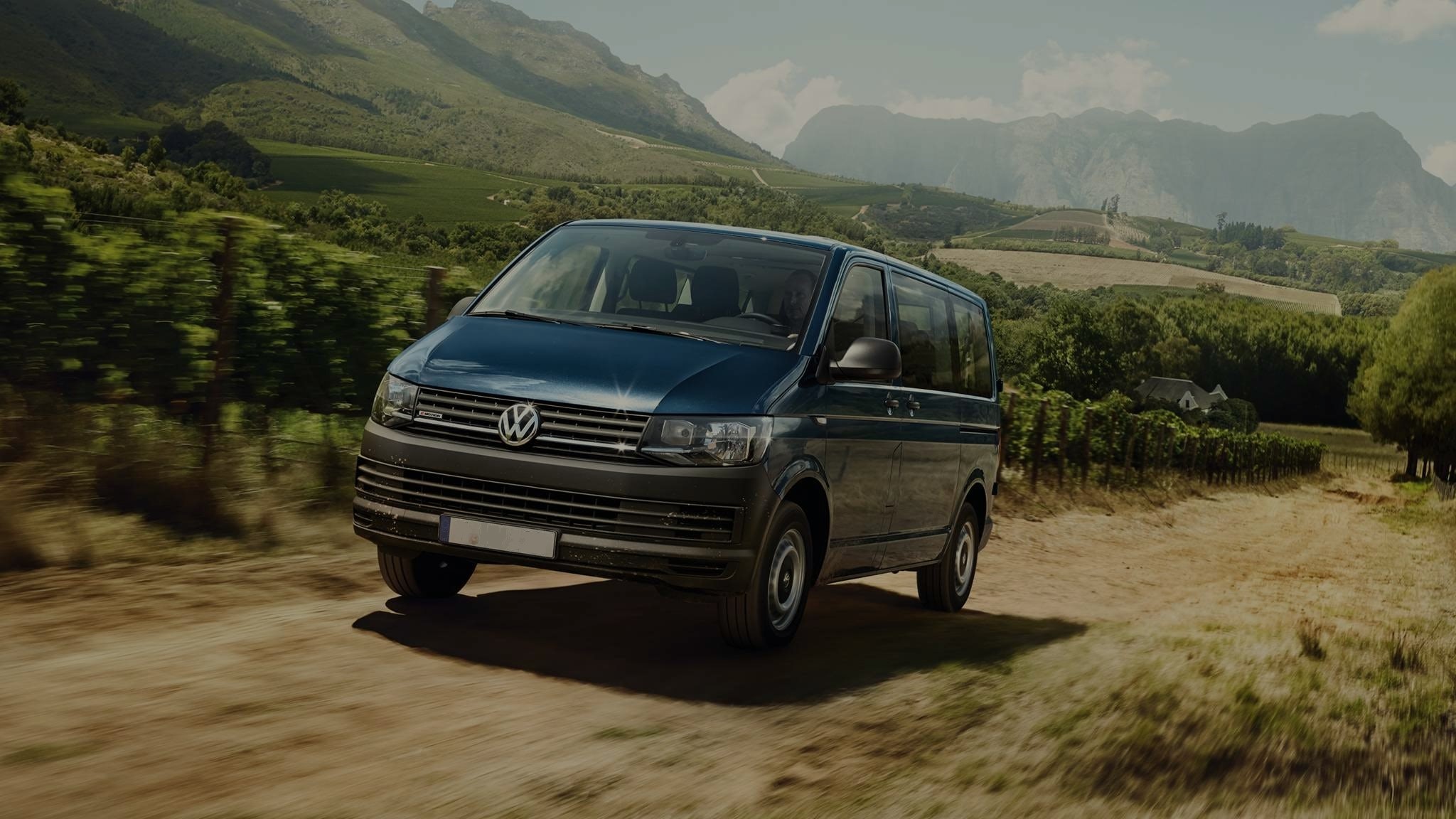Tours
Located in central Europe, Hungary is bordered by seven countries: Austria, Slovakia, Ukraine, Romania, Croatia, Slovenia, Serbia.
Apart from its quality wines (red, white and rosé) and Baroque towns, its strategic location on the continent also attracts thousands of tourists to the country.
This city on the Danube is different from the other great capitals of Europe in a pleasant old-fashioned way that fills it with authentic charms. Two thousand years of invasion, liberation, re-occupation, devastation and rebirth, played out over and over again in a cycle of history, have somehow produced this unique culture. Lack of money has prevented that squeaky-clean modernization machine to roll through town, the way it has recently glistened up so many other cities on the continent. As a result, some buildings are run-down, plaster is peeling and roads are bumpy, but the beautiful reward for the intrepid traveler is a genuine city filled with real character.
A wide variety of architectural styles are on display, sometimes combined in the unique Hungarian Eclectic that blends elements of Classical, Gothic, Renaissance, Baroque and Art Nouveau in a single building.
Hungary is slightly larger than Ireland. North to south, the greatest distance is 268km; east to west, its 528km. The landscape consists mostly of plains in the east, low hills to the west, and small mountains to the north. Kékes Mountain (the blue mountain), the country’s highest point, is a modest 1014m. The major rivers are the Danube and the Tisza. Since May, 1st 2004 Hungary is a member of the European Union (EU). The currency is the Forint.
Originally the Magyars came from the Ural mountains and belongs to Finno-Ugric language group. These people swept over the plains to Europe in the ninth and tenth century. Finally they settled in the country they liked the best. During this period there were Slavonic, Hunnish and Avar tribes in the Carpathian Basin. These tribes merged to form the Hungarian nation. When you come to Hungary you can imagine why: the endless puszta plains are everything a horseman and a farmer could wish for. On these plains there are many beautiful cities, the greatest of these is the capital city: Budapest.
Budapest is a beautiful metropolis with a lively nightlife. The city is known as the Paris of Eastern Europe because of its monuments. The main downtown railway station called the Western Station (Nyugati Palyaudvar) was even designed by the renowned Gustave Eiffel who built the tour Eiffel. Budapest is famous for its broad avenues and well-laid parks, and is best explored on foot. The Castle District and the Royal Palace are frequented by travelers almost year round, while the Óbuda area has some Roman ruins and the Kiscelli Museum. A cruise along the Danube is a wonderful option as well, especially if you are in Budapest.
Lake Balaton, situated about 100km from Budapest, is the largest in Europe and has several high-rise hotels and beaches along its shore. The sea is about 77km long and at the widest place about 14km. At his most tall place a ferry moves between Tihany and Szántod. This ferry acts for people and vehicles. An important city lying between the Danube and the Dráva rivers is Pécs, known for the paradoxically named Mosque Church built by the Turks.
Though summer is the main tourist season, Hungary is best visited during spring and autumn when the climate is neither too hot nor too cold. The temperatures in July and August sometimes reach up to 40°C!








